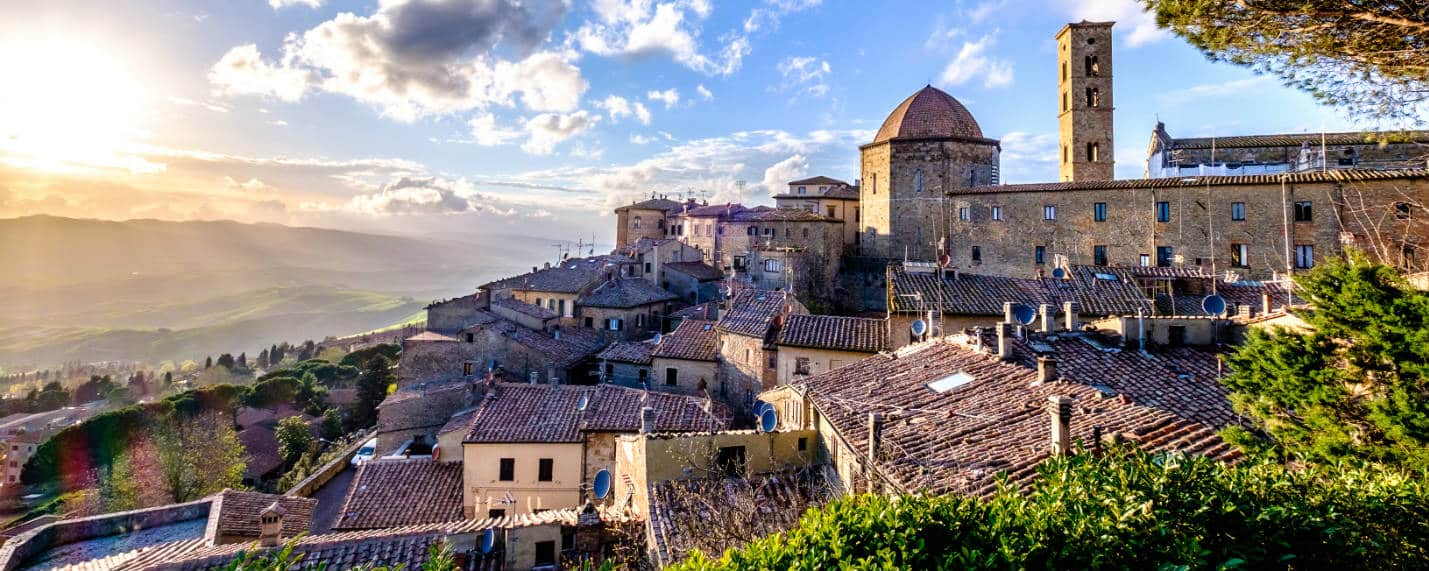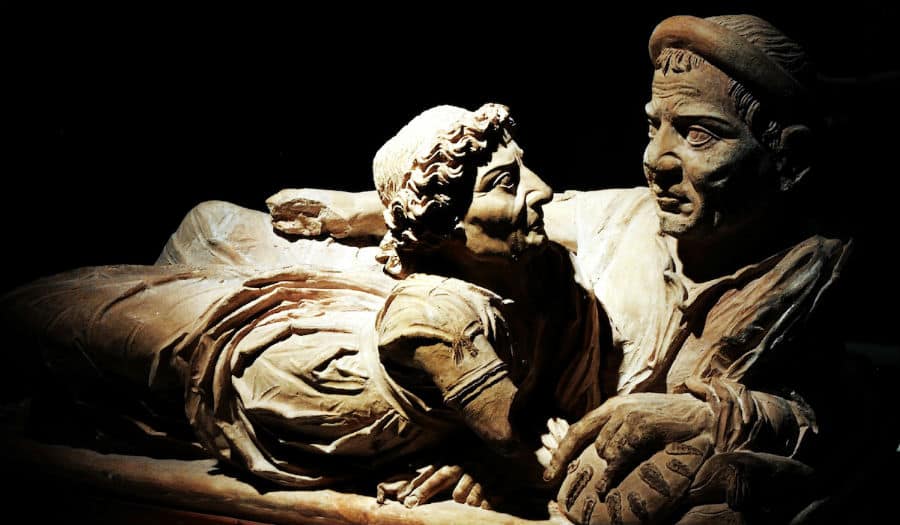The Guarnacci Etruscan Museum of Volterra contains one of the most beautiful italian collections of Etruscan art, and it’s housed inside the Desideri Tangassi Palace.
In 1776 the canon of the Cathedral of Volterra Pietro Franceschini rinveniva near the Etruscan necropolis of the gate a hypogeum of remarkable dimensions dating back to the Hellenistic period, containing forty Etruscan urns, which in 1777 donated to the municipality of Volterra. This donation was the first nucleus of the Civic Museum in that short time collected many other works found in the surroundings of Volterra and that up to that moment had been kept in private collections of noble Volterrani. Among the various donations the most important and most consistent was that of Monsignor Mario Guarnacci (1701-1785), a wealthy priest promoter of numerous excavations archaeological, that 15 September 1761 gave his entire collection to the newborn museum. He was titled the museum in over two centuries of history has increased its heritage thanks to numerous excavation campaigns promoted by the Superintendence of the Antiquities of the Etruria.
The museum exhibits the most conspicuous collection of Etruscan urns in the world. Also among the works conserved the most interesting we find: the stele of Avile Tite; the shadow of the evening, bronze statuette of filiform structure; the urn of the spouses and the Head Lorenzini.
The Etruscan collection, integrated by numerous finds both of the Villanovian age that of roman age, is dislocated on three floors of the building and consists of 38 connected rooms in a didactic path that allows to cover the most important stages of the history of the ancient Velathri.
info@volterratur.it




